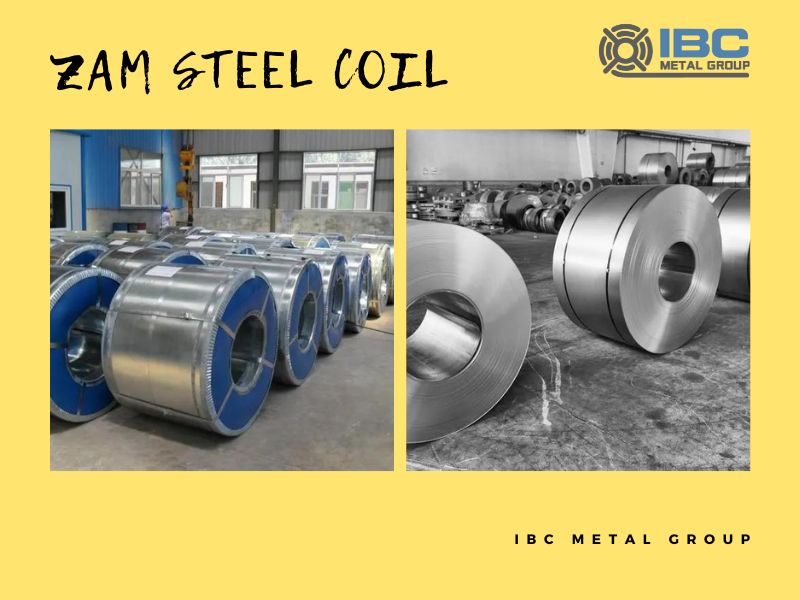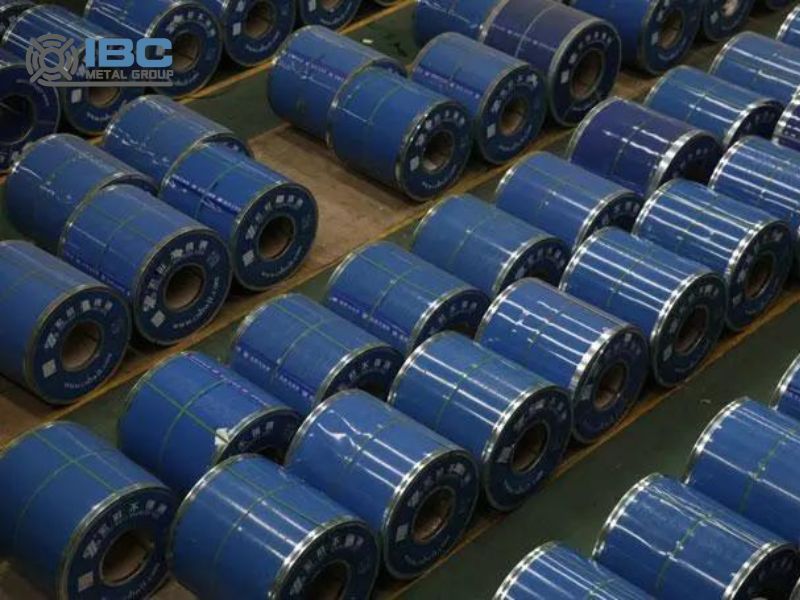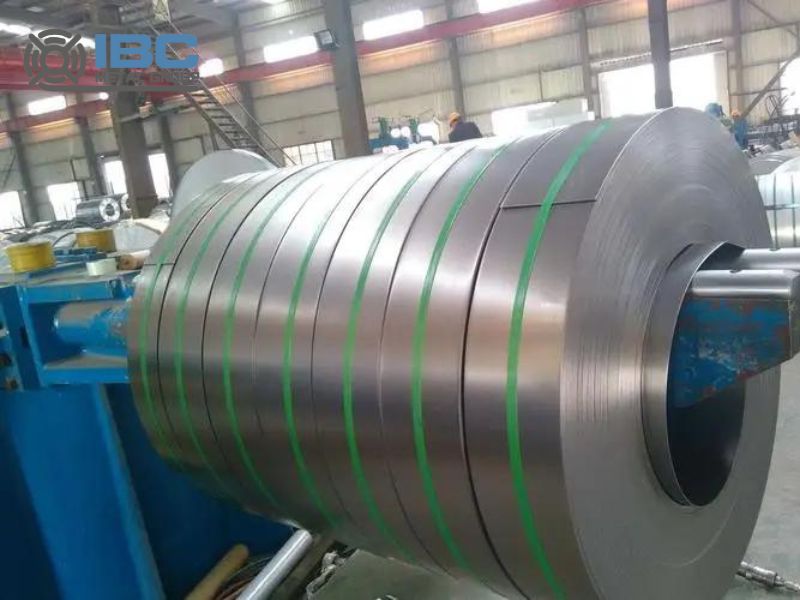In civil engineering, the choice of materials is very important, directly related to the safety, stability and economy of the project. As a high-quality building material, ZAM steel coil plays an important role in the field of civil engineering with its high strength, high toughness, corrosion resistance and other characteristics. For more information, please contact IBC Group.

Properties of ZAM Steel Coil
1. Structural support and strengthening: It can be effectively used for structural support and strengthening. In large buildings, Bridges, tunnels and other civil engineering, this steel can be used as an important load-bearing structure to improve the bearing capacity and stability of the overall structure.
2. Seismic reinforcement: In areas with frequent earthquakes, the seismic performance of civil engineering structures is particularly important. Because of its excellent seismic performance and plasticity, it can effectively improve the seismic ability of the structure and reduce the damage caused by earthquake to the structure.
3. Beam-column connection enhancement: beam-column connection is a key node in civil engineering, and its performance directly affects the stability and safety of the overall structure. Because of its high strength and good weldability, ZAM steel coil can effectively enhance the strength and stability of beam-column connection and improve the overall performance of the structure.
4. High strength carrying capacity: Its high strength is one of its most outstanding characteristics. In civil engineering, this steel can withstand large loads and meet the high requirements of structural strength.
5. Durability and anti-corrosion: It has a special surface treatment, with good durability and anti-corrosion properties.In harsh environments such as moisture and corrosion, the steel coil can maintain a long service life. This can reduce the frequency of maintenance and replacement of workers and reduce project costs.
6. Improved construction efficiency: It is lighter in weight compared to traditional building materials. Therefore, its processing performance is better and the construction efficiency can be significantly improved. In civil engineering, it can also shorten the construction period and reduce labor costs. In this way, the economic benefit of the whole project can be improved.

Practical Applications
1.Bridge construction: This steel coil can be used for the beam plate of the bridge, the support structure and the bridge deck pavement. It has high strength and light weight, which can effectively reduce the self-weight of Bridges. At the same time, it can also improve the capacity of the bridge and reduce the foundation pressure.
2.High-rise buildings: In high-rise buildings, it is often used in frame structures and core tube structures. Its good plasticity and seismic performance can effectively improve the seismic capacity of buildings and ensure the safety of buildings.
3.Underground engineering: In underground engineering, such as subway, underground passage, etc. It can be used for supporting structure, waterproof layer and internal structure. Its excellent corrosion resistance can effectively resist the erosion of groundwater and ensure the service life of the project.

Future Development Trend
1. Continuous optimization of material properties: By improving the production process and optimizing the alloy composition, the strength and corrosion resistance of ZAM steel coil are further improved to meet the more stringent engineering requirements.
2. Green production: Strengthen environmental protection measures in the production process, reduce energy consumption and pollutant emissions, and promote the green production of this type of steel. At the same time, the development of recyclable, degradable new steel coil materials, to achieve the recycling of resources.
3. Intelligent application: Using advanced technologies such as the Internet of Things and big data to realize its intelligent application in civil engineering. For example, it provides strong support for engineering design, construction and maintenance by monitoring the stress state and deformation of materials in real time.
4. Expand the application field: In addition to the traditional bridge, high-rise buildings, underground engineering and other fields. It can also explore its application in the field of new civil engineering. Such as green buildings, renewable energy facilities and so on.

Contact with us today!



